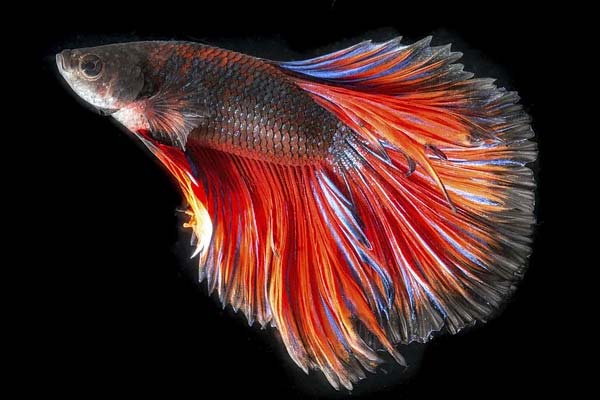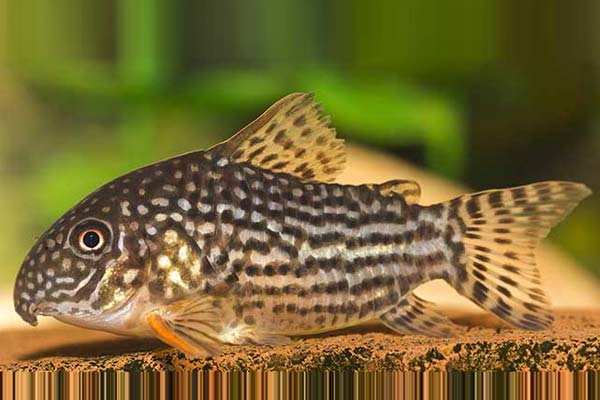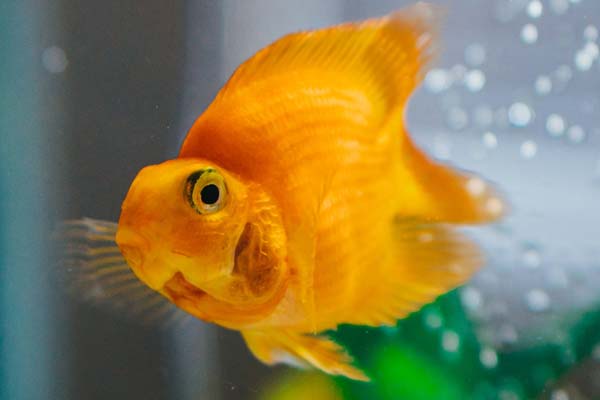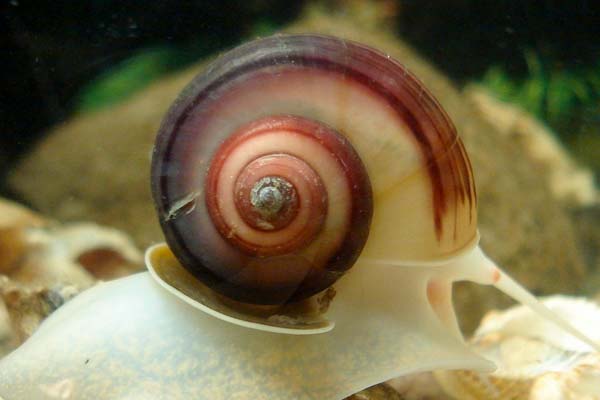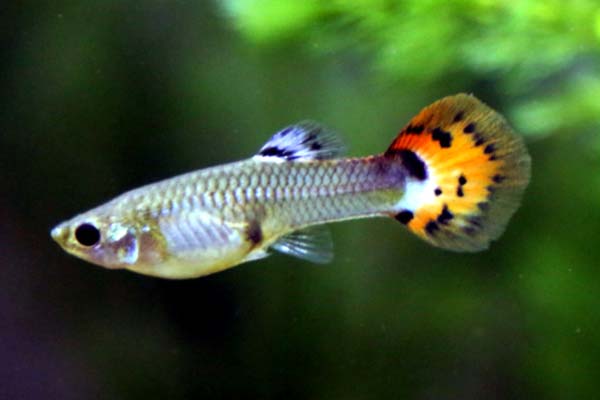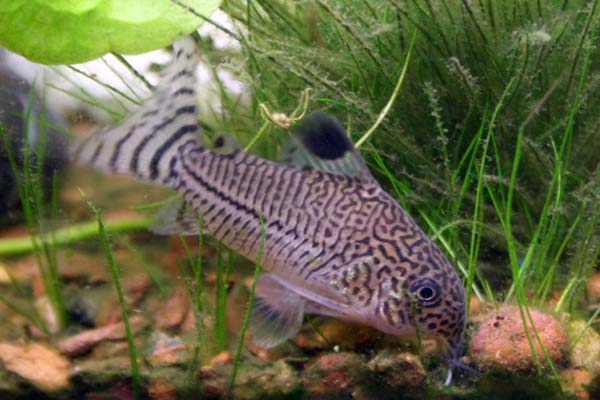Betta Fish Tank Mates: The Best and Worst Choices
Betta fish, or Siamese fighting fish, are popular aquarium pets due to their vibrant colors and long, flowing fins. However, many wonder if they can keep other fish in the same tank as their betta. The answer is yes, but choosing compatible tank mates is crucial to ensure the betta’s well-being.
Selecting compatible tank mates is essential for the well-being of betta fish. Bettas are aggressive, particularly towards other bettas, so choosing peaceful fish that won’t provoke or harm them is crucial. This reduces stress and minimizes the likelihood of the betta attacking other fish.
Having compatible tank mates offers several advantages for betta fish. Some fish can help maintain a clean tank by consuming algae and leftover food. Additionally, the presence of other fish stimulates the betta mentally and prevents boredom.
However, it’s important to research which fish are compatible with bettas and ensures that the tank is large enough to accommodate all the fish.
Factors to Consider for Betta Tank Mates
When selecting tank mates for betta fish, several factors must be considered to ensure a peaceful and safe community tank environment.
Tank Size and Water Parameters
Betta fish are usually kept in small aquariums, but it is essential to provide adequate space for tank mates. A minimum of 10 gallons is recommended to ensure the betta and other fish have enough space to swim and establish territories.
Consider water parameters when choosing tank mates for betta fish. Bettas thrive in temperatures of 76-82 degrees Fahrenheit and a pH range of 6.5-7.5. Selecting fish with similar water requirements is essential to prevent stress and illness.
Compatibility with Betta Fish
Betta fish are known for their territorial and sometimes aggressive behavior, making it crucial to choose compatible tank mates. Avoid selecting fish with flowing fins, as bettas may mistake them for another male betta and become aggressive. Also, avoid fin nippers, as they can cause stress and injury to bettas.
Behavioral Considerations
When selecting tank mates for bettas, it is crucial to consider the behavior of both the betta and the potential tank mate. Bettas are generally shy and prefer plenty of hiding spots, such as plants or caves. It is essential to select peaceful and friendly fish that will not bully or harass the betta.
Recommended Betta Tank Mates
When choosing tank mates for betta fish, selecting species that are peaceful, small, and have similar water conditions is essential. Below are some recommended betta tank mates that can live harmoniously with your betta fish.
Snails and Shrimps
Snails and shrimp are excellent additions to betta tanks as peaceful scavengers that help maintain cleanliness by consuming algae. Popular choices include mystery snails and nerite snails due to their hardiness and adaptability to various water conditions. However, caution should be exercised with ghost shrimp and cherry shrimp, as betta fish may perceive them as food.
African Dwarf Frogs
African Dwarf Frogs are peaceful companions that can coexist with betta fish. They are friendly, shy creatures that enjoy hiding in decorations but can also be active swimmers. Maintaining optimal water conditions and performing regular water changes is essential since African Dwarf Frogs are sensitive to water quality.
Corydoras Catfish
Corydoras catfish are bottom-dwelling fish that can live peacefully with betta fish. They are social creatures that prefer to live in groups, so keeping at least three of them in the tank is recommended. Pygmy corydoras and Cory catfish are great options for small tanks.
Tetras (Neon, Ember, Harlequin)
Neon tetras, ember tetras, and harlequin tetras are brightly colored fish that can add a pop of color to your betta tank. They are peaceful and can live well with betta fish. It is important to note that tetras prefer to live in schools, so keeping at least six of them in the tank is recommended.
Guppies
Guppies are peaceful, vibrant, and lively swimmers that can peacefully coexist with betta fish. They are hardy and adaptable to different water conditions. However, it’s essential to consider that male guppies have long tails that may be confused with another male betta fish. So, keeping female guppies or guppies with shorter tails is recommended.
Plecos
Plecos are algae-eating fish that can help keep the tank clean. Bristlenose plecos and clown plecos are great options for small tanks, as they only grow up to 4-5 inches. It is important to note that plecos can produce much waste, so regular water changes are necessary.
Kuhli Loaches
Kuhli loaches are peaceful and friendly creatures that can coexist with betta fish. They are bottom-dwelling fish that prefer to hide in decorations. Keeping at least three of them in the tank is recommended, as they are social creatures.
Sorority Tank Mates for Female Bettas
Setting up a female betta sorority tank can be a rewarding and enjoyable experience for any fish keeper. However, it is vital to choose suitable tank mates to ensure a peaceful and healthy environment for all fish involved.
This section will discuss some suitable sorority tank mates for female bettas.
When setting up a female betta sorority tank, it is recommended to have at least a 20-gallon tank with plenty of hiding places and plants. The water temperature should be maintained between 77°F-84°F, and a filter that processes a large amount of the tank’s water in an hour is necessary to keep the water clean.
Monitoring the behavior and hierarchy among female bettas in the tank is crucial. They may display aggression and establish a pecking order. Removing one of the fish from the tank may be necessary if the aggression becomes excessive.
Some suitable tank mates for female bettas include shoaling fish such as White Cloud Mountain Minnows, Molly Fish, and Celestial Pearl Danios. These fish are peaceful and can add color and activity to the tank. Introducing these fish slowly and monitoring their behavior is essential to ensure the female bettas are not harassing them.
Tank Mates to Avoid
Always consider their temperament and preferences when choosing tank mates for your betta fish. Certain fish species should be avoided as they may cause stress or harm the betta.
First and foremost, male bettas should never be housed together as they are highly territorial and will fight to the death. It is also recommended to avoid other aggressive fish, such as tiger barbs, cichlids, and red-tail sharks, as they may also attack the betta fish.
Additionally, fish known to nip at fins, such as goldfish and brightly colored fish, should be avoided because it can cause stress and injury to the betta fish, leading to health problems.
Gouramis and angelfish may also be problematic as they can become territorial and aggressive towards the betta fish. Puffers are not recommended as they require brackish water, which is unsuitable for bettas.
It is important to note that even if a fish is not listed here, it may still not be suitable as a tank mate for bettas. It is always best to research and carefully consider the compatibility of any potential tank mates before introducing them to the betta fish’s environment.
Introducing Tank Mates to Betta Fish
When introducing new tank mates to betta fish, taking things slow is essential. Betta fish are known for their aggressive nature and territorial, especially male bettas. Therefore, ensuring the new tank mates are compatible with the betta fish’s personality and temperament is crucial.
Before introducing any new tank mates, ensuring that the tank conditions suit all fish is crucial. The water conditions, including pH, temperature, and filtration, should be appropriate for all the fish in the tank.
When introducing new tank mates, it’s best to start with small and peaceful fish such as harlequin rasboras or fire rasboras. These fish are known to be excellent companions for bettas due to their calm and peaceful nature. Also, they are not a threat to the betta’s territory, making them an ideal choice for betta tank mates.
It’s important to note that male bettas are more aggressive than female bettas. Therefore, when introducing new tank mates to male bettas, avoiding other male bettas or any fish with similar personalities is essential. On the other hand, female bettas are more social and can tolerate other tank mates better than male bettas.
Invertebrates like snails and shrimp can also make good tank mates for bettas. However, it’s crucial to ensure that the shrimp are not too small, as bettas may see them as prey.
Monitoring the betta fish’s behavior when introducing new tank mates is essential. Signs of aggression, such as flaring fins or chasing other fish, may indicate that the betta fish is uncomfortable with the new tank mates. In such cases, removing the new tank mates and trying again later is best.
Enhancing Betta Fish Compatibility with Other Aquarium Fish
When choosing tank mates for betta fish, it is vital to consider their temperament and behavior. Bettas are known to be aggressive and territorial, and not all fish can coexist peacefully with them. However, there are ways to enhance betta fish compatibility with other aquarium fish.
One of the most important things to remember is to avoid placing male bettas together. Male bettas are highly territorial and will likely fight each other to the death. Instead, consider adding female bettas or other compatible fish species.
Steer clear of brightly colored fish as tank mates, as they may trigger the betta’s aggressive behavior. Choose fish without flowing tails, as bettas may mistake and attack them for other bettas. Select fish that inhabit different areas of the tank, as this can reduce competition for space and resources.
Ensure the tank is adequately spacious to accommodate all the fish comfortably. Overcrowding can lead to aggression and stress among fish. Introduce bettas at a young age, as they may be more receptive to other fish when they are young.
Consider adding bettas to a community tank with other fish species with similar requirements. Creating a tank environment with abundant plants and hiding places is essential to reduce stress and encourage natural behavior in the fish.
Begin with shrimp and snails as tank mates, as they are less likely to trigger the betta’s aggressive behavior.
When selecting tank mates, ensure they have similar water temperature, pH, and hardness requirements. Explore using a tank divider to separate the betta from other fish if necessary. Avoid selecting energetic fish as tank mates, as they may stress the betta.
Conclusion
Choosing suitable tank mates for a betta fish can be challenging. Before introducing any new fish to the tank, it is essential to consider several factors, such as water temperature, pH, hardness, and flow strength.
Betta fish are naturally aggressive, so it is essential to choose tank mates that can peacefully coexist with them. Compatible options include cory catfish, neon tetras, and shrimp.
On the other hand, some fish should be avoided when keeping betta fish. These include guppies, angelfish, and goldfish, as long and flowing fins may trigger the betta fish’s aggressive behavior.
Providing enough space for all the fish in the tank is also essential.
Overcrowding the tank can lead to stress, aggression, and even death. A general rule of thumb is to provide at least five gallons of water per betta fish and an additional gallon for each additional fish.

